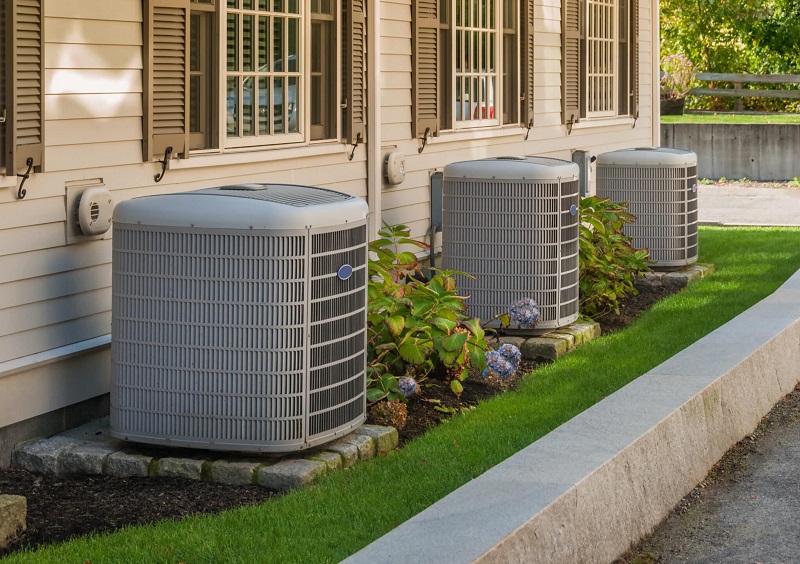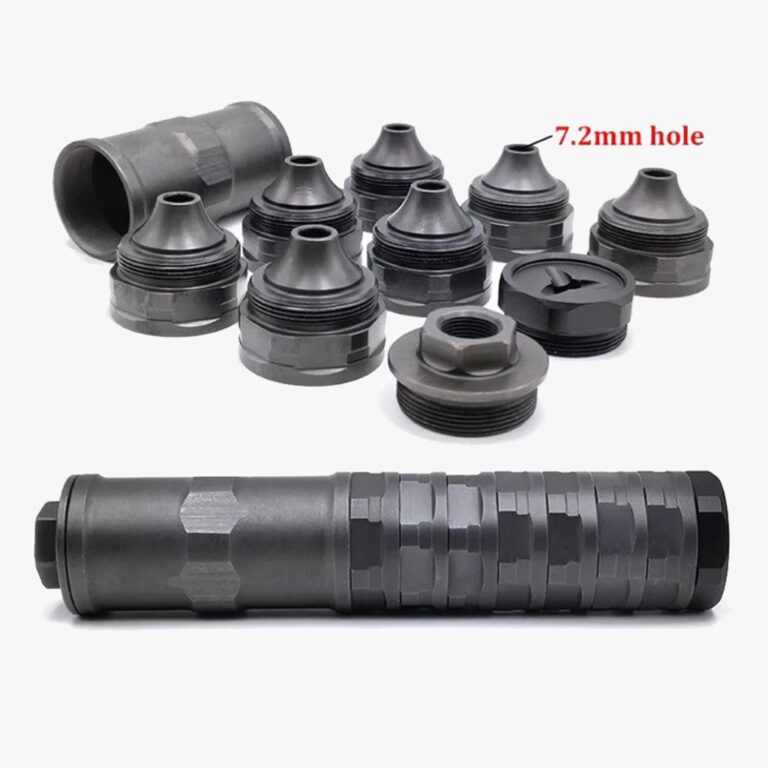Sure, let’s dive into the world of home cooling towers and demystify how they work. You might be picturing a massive industrial structure when you hear the word “cooling tower,” but these are actually scaled-down versions designed to keep your home comfortable on hot summer days. Think of them as your home’s very own superhero, battling the heat to keep you cool. So, how does this cooling wizardry happen? Grab a cool drink and read on as we break it down.
The Basics of Cooling Towers
First things first, what is a cooling tower, and why does your home need one? Well, a cooling tower is like the air conditioner’s best friend. It’s an essential component of your home’s HVAC (Heating, Ventilation, and Air Conditioning) system, designed to remove excess heat from the building. Think of it as your AC’s partner in crime, helping it function more efficiently.
The Hot Battle of Air
Now, let’s imagine a scorching summer day when the sun is relentless, and the temperature is soaring. Inside your home, your air conditioner is working hard to cool the air, but it can only do so much. As it cools the air, it also produces heat. Yes, you read that right! It’s like a superhero who fights crime but generates some chaos in the process.
Enter the Cooling Tower
This is where the cooling tower steps in as the hero’s sidekick. Its primary job is to take that excess heat from your air conditioner and kick it out of your home. It’s the Robin to your AC’s Batman, helping it do its job better.
Evaporative Cooling: The Magic Trick
Now, you might be wondering, how does this cooling tower get rid of the heat? Well, it uses a fantastic process called “evaporative cooling.” Imagine you’ve just come out of a pool on a hot day, and a gentle breeze hits your wet skin. You suddenly feel cooler, right? That’s the magic of evaporative cooling.
Inside your cooling tower, there’s a water reservoir. This water is pumped to the top of the tower and allowed to flow down over a series of sheets or pads. As it trickles down, air from the outside is blown through the pads by a fan. When this hot air meets the water, some of it evaporates into vapor. In the process, it absorbs heat from the air, making the air cooler.
It’s like sweating when you’re hot. The evaporation of sweat from your skin cools you down. The cooling tower uses the same principle, but on a larger scale, to cool the air.
Heat Transfer in Action
As the air passes through the cooling tower and encounters the evaporating water, it gets cooler. This newly cooled air is then circulated back into your home, and your air conditioner doesn’t have to work as hard anymore because it has cooler air to start with.
Remember, hot air always rises, so the warm air inside your home naturally rises into the cooling tower. It goes through the cooling process and returns as cool air. It’s like a never-ending dance, with hot air joining the party and leaving as cool air.
Disposing of the Heat
Now, you might wonder what happens to all that heat the cooling tower absorbs from your home’s air. Well, it’s not like the cooling tower holds onto it forever. Instead, the heat is carried away by the water. The now-warm water collects at the bottom of the cooling tower and is pumped away to be released into the environment.
Imagine it’s a hot potato game. Your home passes the heat to the cooling tower, and the cooling tower quickly passes it to the water, which then carries it away. This continuous cycle ensures that your home stays comfortably cool.
Keeping It Efficient
Efficiency is the name of the game when it comes to cooling towers. They are designed to use the least amount of energy while providing the maximum cooling effect. This helps keep your energy bills in check and is also better for the environment.
The Water Factor
Water plays a crucial role in the cooling tower’s operation. It’s like the lifeblood of the system. The water that’s used in the cooling process is constantly recirculated. However, due to evaporation and other factors, some water is lost over time and needs to be replenished. This is why you might notice a small water supply line connected to your cooling tower.
Regular Maintenance Matters
Just like any other superhero, your cooling tower needs regular maintenance to keep performing at its best. This includes cleaning the pads, checking for any clogs, and ensuring that the water levels are where they should be. A well-maintained cooling tower is a happy cooling tower.
Environmental Impact
Now, you might be wondering about the environmental impact of cooling towers. While they do use water, they are designed to be efficient and minimize water wastage. Additionally, the heat expelled into the environment is typically not harmful. Cooling towers are a vital part of keeping our homes cool and comfortable, especially during those sweltering summer months.
FAQs
- Do cooling towers use a lot of water?
Cooling towers do use water, but they are designed to be water-efficient. They continuously recirculate water, and only a small amount is lost due to evaporation and other factors. The water consumption of a home cooling tower is generally not excessive.
- Can I install a cooling tower in my home if I already have an air conditioner?
It’s not common for residential homes to have standalone cooling towers. Instead, cooling towers are often integrated into HVAC systems to enhance the efficiency of air conditioning units. If you have an existing air conditioner, you might already have a cooling tower as part of your HVAC system.
- Are cooling towers environmentally friendly?
Cooling towers are designed to be energy-efficient and water-efficient. While they do consume some water and release heat into the environment, their environmental impact is relatively low compared to their benefits in cooling homes efficiently.
- Do I need to perform maintenance on my home’s cooling tower?
Yes, regular maintenance is essential for the optimal performance of a home cooling tower. This includes cleaning cooling pads, checking for clogs, and ensuring proper water levels. A well-maintained cooling tower will operate more efficiently and have a longer lifespan.
- Can a cooling tower cool an entire house?
Cooling towers are typically integrated into HVAC systems and work in conjunction with air conditioning units to help cool the entire house. While they play a significant role in cooling the air, they are not the sole cooling mechanism and work alongside other components to maintain indoor comfort.
So, there you have it, the inside scoop on how a home cooling tower works. It’s like having your own cooling superhero, fighting off the heat and keeping you comfortable all summer long. The next time you feel that refreshing breeze from your air conditioner, give a nod of appreciation to your trusty cooling tower, the unsung hero of home comfort.






